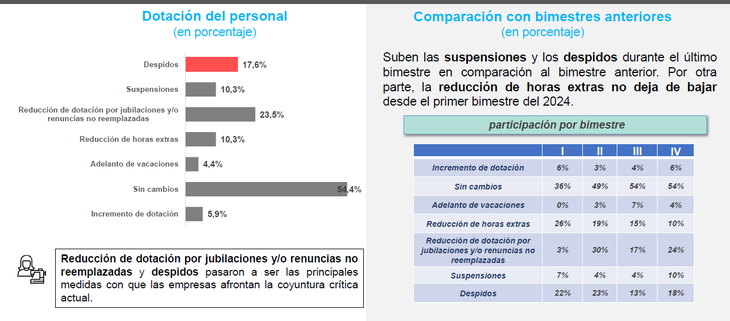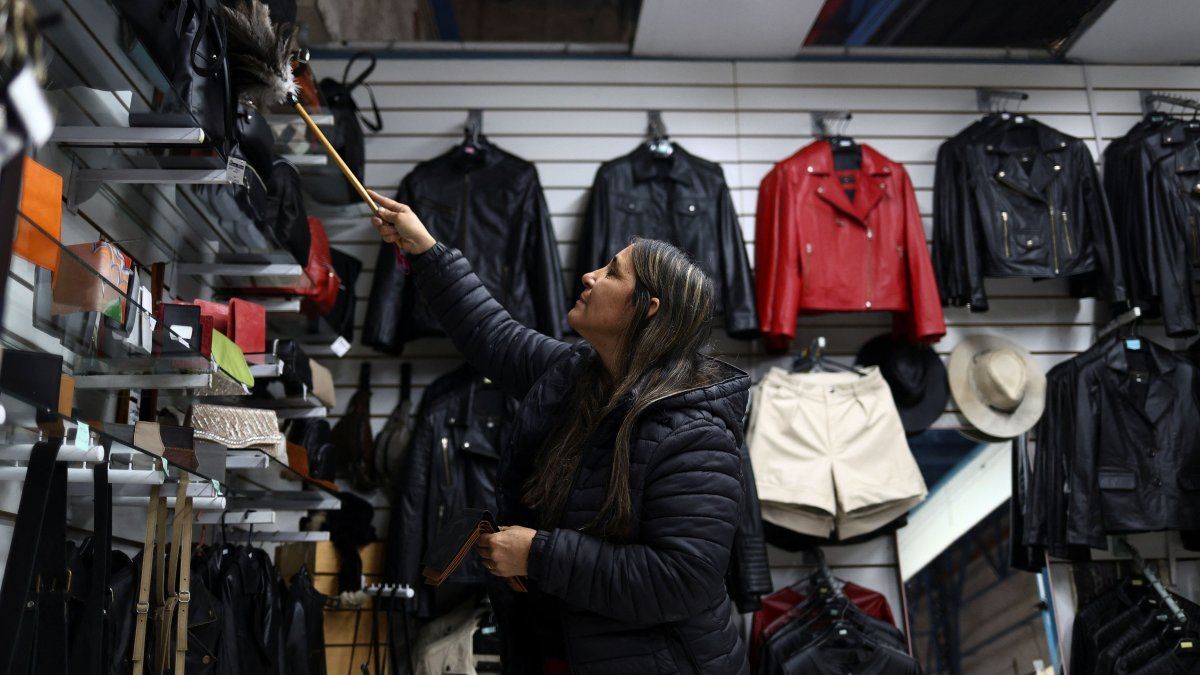According to textile companies surveyed by the Industrial Chamber of Clothing, nationwide they had a drop in sales of more than 11%. What are the problems they face in a context of recession?
During the fourth quarter of the year, 72% of the textile sector companies reported a drop in sales. At the national level, the year-on-year decrease was 11%. The reported declines were again pronounced compared to the previous two months, however, they show a deceleration compared to the first two months of the year.
The content you want to access is exclusive for subscribers.
The data is part of a survey prepared by lto CIAI (Argentine Industrial Chamber of Clothing) to 68 companies. Key facts:


1. The number of companies that failed to reflect the wage cost derived from the parity in prices finals decreased by 40%. Only 7% of the companies surveyed said they had been able to transfer 100% of the wage costs associated with collective bargaining to the final price of their products.
2. Clothing continues to become cheaper compared to the rest of the components of the IPC both nationally and in the City of Buenos Aires. At the national level, clothing and footwear prices rose 166.7% year-on-year, while the overall level rose 236.7%. So far this year, clothing and footwear prices have increased by 61%, while the overall level has risen by 95%. Meanwhile, in the City of Buenos Aires, clothing prices rose 58.2% during the first 8 months of the year, while the overall level rose by 106.8%. This same trend is seen year-on-year, with clothing prices up 149% and the overall level up 243%.
3. 41% of respondents report a reduction in their staffingeither due to a reduction in staff due to retirements and/or resignations that were not replaced or dismissals. Suspensions and dismissals have increased during the last two months compared to the previous two months. On the other hand, the reduction in overtime has continued to decrease since the first two months of 2024.
4. 37% of surveyed companies are considering furloughing or laying off employees for the remainder of 2024.
clothing.png

More than half of companies have not registered any changes, but layoffs are at 17%
5. Of the total number of companies that produce, a 29% produces externally (through third-party workshops), 28% produce internally (with their own facilities) and the remaining 43% use a combination of internal and external production.
Clothing sector: expectations for the end of the year
Regarding expectations for the remainder of 2024:
- 51% foresee a regular year
- 24% maintain expectations positive
- 19% foresee a panorama negative and
- 4% expect a very unfavorable scenario.
Only 1% of respondents expressed very positive expectations for the end of the year.
Source: Ambito
I am a 24-year-old writer and journalist who has been working in the news industry for the past two years. I write primarily about market news, so if you’re looking for insights into what’s going on in the stock market or economic indicators, you’ve come to the right place. I also dabble in writing articles on lifestyle trends and pop culture news.




